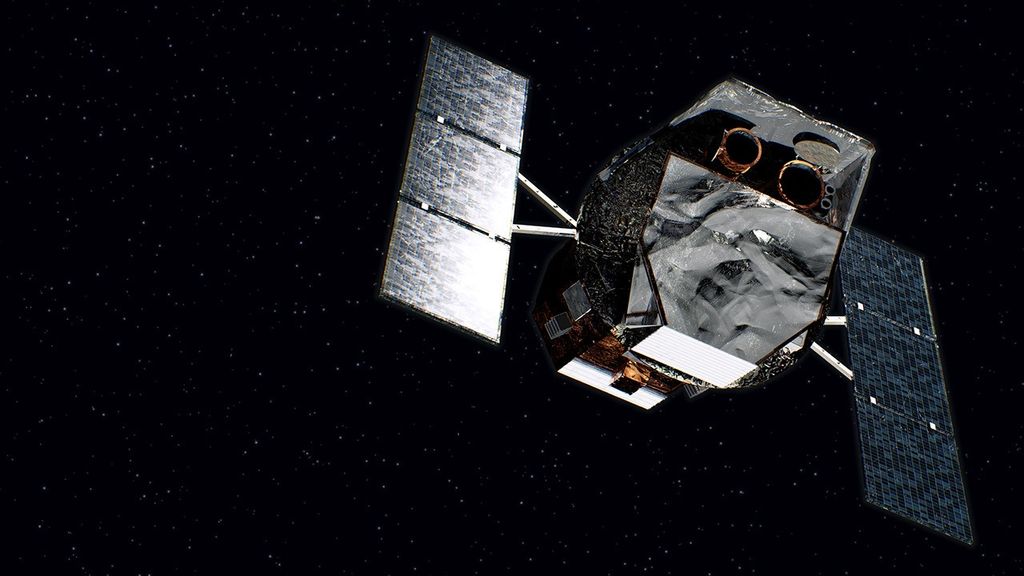Earth planning date: Friday, April 19, 2024
Curiosity has a three-sol weekend plan coming up as it makes progress along the edge of upper Gediz Vallis ridge. We have observations planned to investigate multiple bedrock targets with interesting rippled textures, dark-toned float, and the ridge. With two contact science targets, lots of targeted and untargeted remote observations, and a drive scheduled, Curiosity will have a busy three-sol plan ahead!
On the first sol of the plan, we have two contact science bedrock targets for MAHLI and APXS to analyze. MAHLI will image these targets up close, and APXS will acquire spectra from the targets for analysis of their elemental compositions. One of these bedrock targets (“Florence Lake”) is light-toned with laminations and will be brushed first to remove the dust on its surface. The other contact science target (“Mist Falls”) is a block of unbrushed, light-toned bedrock with a rippled texture. MAHLI also has a rotational stereo observation of “Castle Rock Spire” (a light-toned block of bedrock) and observations of the REMS UV sensor. In addition to bedrock observations by MAHLI and APXS, ChemCam has a LIBS observation of dark-toned float target “Silver Peak” on the first sol of this plan. ChemCam will also acquire long-distance RMIs of the rim of upper Gediz Vallis ridge and Fascination Turret to document stratigraphy. Mastcam will acquire mosaics to document exposed bedding, Kukenan butte, and Pinnacle Ridge.
Observations of Pinnacle Ridge by Mastcam will complement the ChemCam long-distance RMI observation of it on the second sol of the plan. This sol also has a ChemCam LIBS observation of “Needle Lake” to document different degrees of erosion of bedrock across laminations and a ChemCam passive dark test. Mastcam will image the two LIBS targets and will also acquire several mosaics of “Pahoa Island”, “Quail Flat”, and “The Nose” to document light-toned laminated bedrock, ripple structures, and characteristics of a dark float rock, respectively. On the second sol Curiosity will drive away. The third sol of the plan features untargeted remote observations, including ChemCam Passive Sky activities, dust devil observations, and Mastcam tau measurements.
Written by Abigail Knight, Graduate Student at Washington University



































